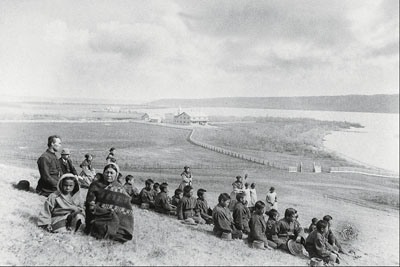Article
Ray Lewis
Raymond Gray (“Rapid Ray”) Lewis, CM, sprinter (born 8 October 1910 in Hamilton, ON; died 14 November 2003 in Hamilton, ON). Ray Lewis was the first Canadian-born Black athlete to earn an Olympic medal. He won a bronze medal in the 4 x 400 m relay at the 1932 Olympic Summer Games in Los Angeles. He was also part of the Canadian team that won the silver medal in the 4 x 400 m event at the 1934 British Empire Games in London, England. Lewis was made a Member of the Order of Canada in 2000.









